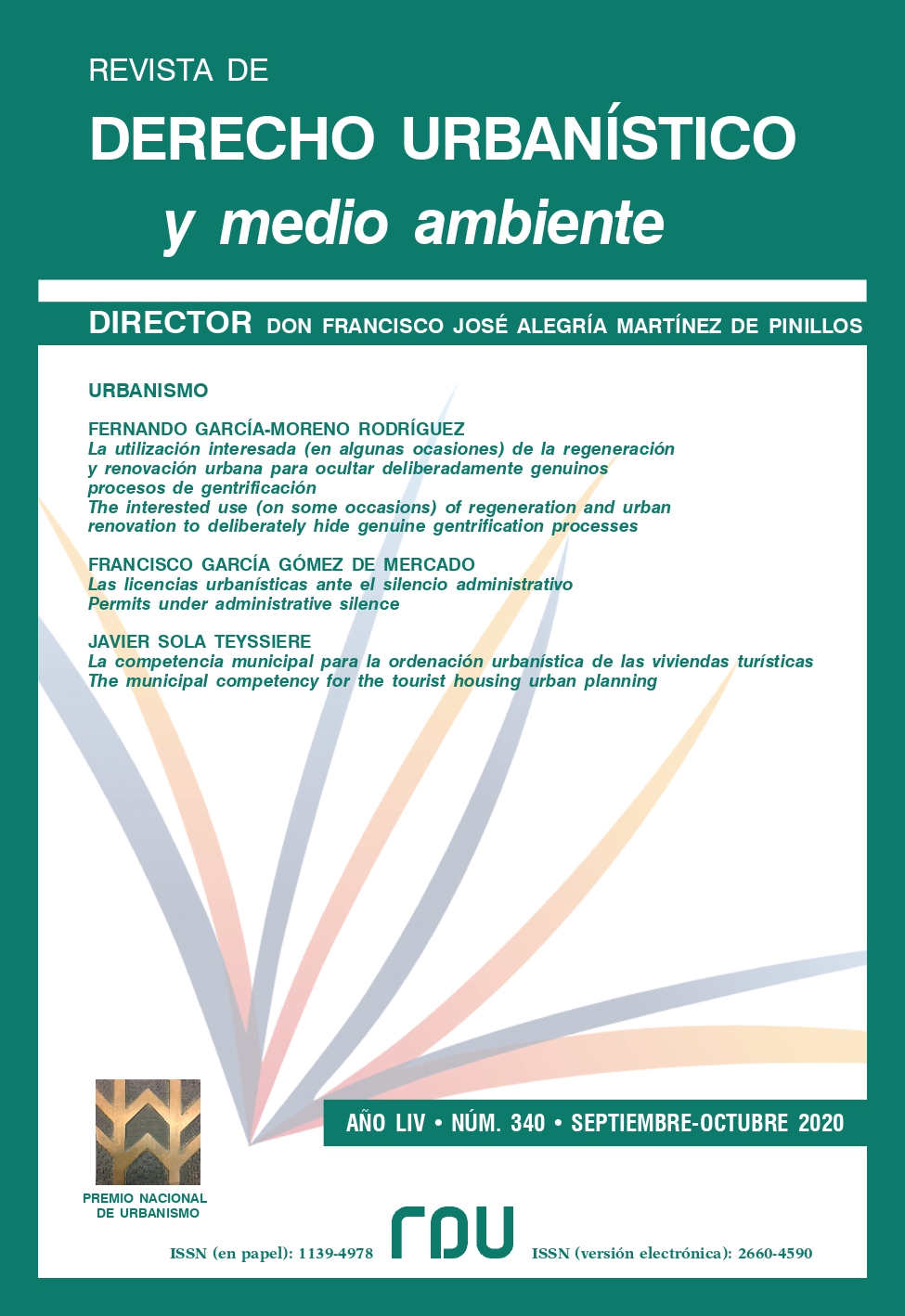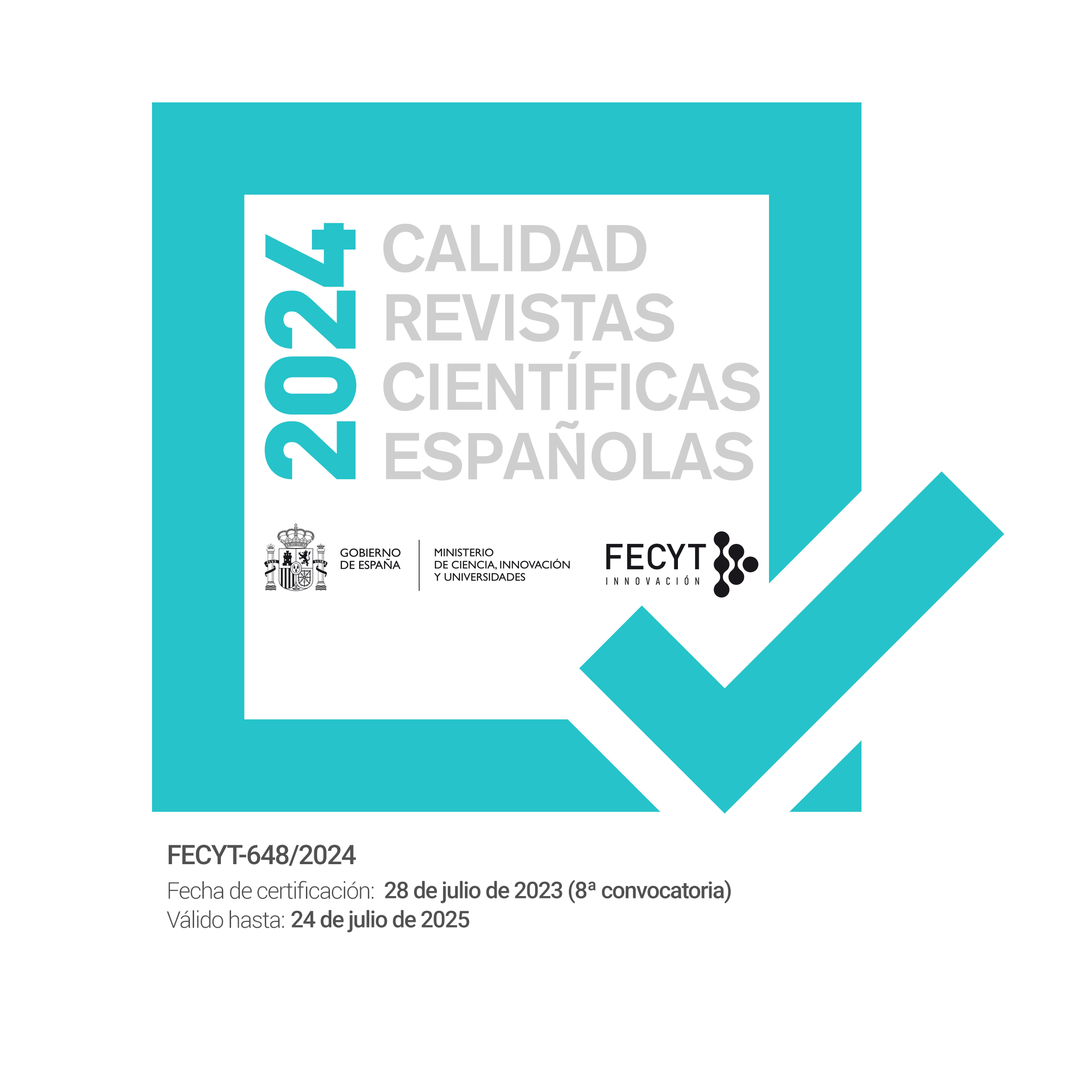The interested use (on some occasions) of regeneration and urban renovation to deliberately hide genuine gentrification processes
Keywords:
Gentrification, urban regeneration, urban renewal, ennoblement of the city, urban elitization, social cohesion, social diversification, urban inclusion, urban partitioning, social stratificationAbstract
Undoubtedly, a large part of urban planning today, regardless of the country to which we refer, has to do with actions of internal reform of the populations and within them, particularly those of urban regeneration and renewal. They seek to improve urban plots socially, economically and environmentally, which is not only positive but also necessary. The problem occurs when taking advantage of such internal reform actions, what is actually carried out is a phenomenon of gentrification.
That is why, in this article, I analyze this phenomenon in depth, since its concept was coined, in the mid-sixties in the United Kingdom, going through its evolution in different countries of the world to its present situation. This study makes me conclude that despite the fact that some authors consider gentrification as something positive and good for the city, the effects that it produces both in this and its inhabitants are much more pernicious than the benefits it generates. For this reason, I end up making some proposals to try to alleviate the harmful effects of gentrification, giving real examples of European cities that have implemented such proposals.






